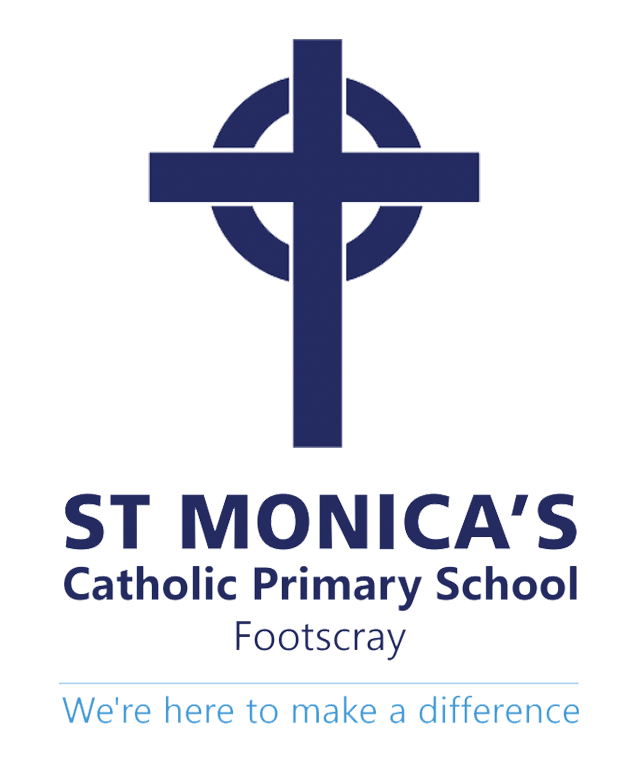At St Monica’s Primary School we use an explicit and systematic approach to instruction which aligns with the Science of Reading, complementing the broader Science of Learning evidence based approach. This ensures that all students are taught the necessary skills needed to learn to read, write and spell.
Explicit instruction involves teaching a developmentally appropriate sequence of structured lessons which include both word recognition and language comprehension skills. Lessons are structured to include daily review of previously taught concepts, explicit teaching of new concepts and independent practice.
Literacy Instruction
At St Monica’s, literacy instruction reflects 6 key elements:
Oral language – The foundational skill for all other skills, it is the system used for spoken words to communicate ideas, knowledge and emotions. It includes both speaking and listening by learning how spoken words sound, what words and sentences mean, and how to communicate ideas.
Phonological Awareness – The ability to recognise units of sound within speech – phonemes, syllables, whole words. Skills included:
- Identifying word boundaries in speech
- Identifying syllables
- Identifying the Onset & Rime of short common words
- Use Rhyme and Alliteration
- Identifying beginning/middle/final sounds orally
- Segmenting (separating words into sounds) and blending (joining sounds to form words) orally
- Sound manipulation – Deleting and substituting sounds in words orally
Phonics – the relationship between the letters (or letter combinations) in written language and the individual sounds in spoken language. Phonics instructions includes learning the following concepts:
- Letters are symbols that represent sounds
- Sounds can be spelled using 1, 2, 3 or 4 letters
- The same sound can be spelled in different ways i.e. the long /ae/ sound in day, snail, cake
- The same spelling can represent different sounds i.e. <ea> in great and meat
Fluency – The accurate reading of connected text at a conversational rate with appropriate prosody.
- Accuracy – decoding (sounding out) written words without error
- Automaticity – reading quickly with relative ease
- Prosody – mirroring the sounds of natural spoken language (intonation, stress, rhythm)
Vocabulary – The bank of known words students can use accurately in both speech and writing. Words can be broken down into 3 tiers, with instruction specifically focussed on tier 2 & 3 words.
- Tier 1 words: used in everyday speech and are generally acquired without direct instruction.
- Tier 2 words: not commonly encountered in the daily life of student
- Tier 3 words: specific to individual subjects
Comprehension – The ability to read, process and understand text. This skill cannot occur without proficiency in the previous 5 elements and requires background knowledge of the topic. Strategies taught and modelled include:
- Monitoring
- Questioning
- Unpacking and discussing vocabulary
| Whole School Daily Structure |
| Daily Review
Phonological awareness skills Previously taught phonics code |
| Phonics
The explicit teaching of new code, spelling rules, syllable patterns and morphology. |
| Fluency
Teaching modelling and paired reading |
| Extended Reading
Unpacking vocabulary Comprehension strategies Rich knowledge based content that links to inquiry & science topics |
| Writing
Explicit teaching of grammar & syntax conventions and fiction & non-fiction text structures |
100 Story Building
At St Monica’s, we work in partnership with 100 Story Building, a unique organisation for young writers based here in Footscray, who use storytelling as a tool to foster imagination, creativity and confidence in children and young people. As well as inspiring our students, 100 Story Building upskill our teachers and give students the opportunities to experience the publishing process.
Supporting your child’s learning at home
| Speaking & Listening | Reading | Writing |
|
|
|
